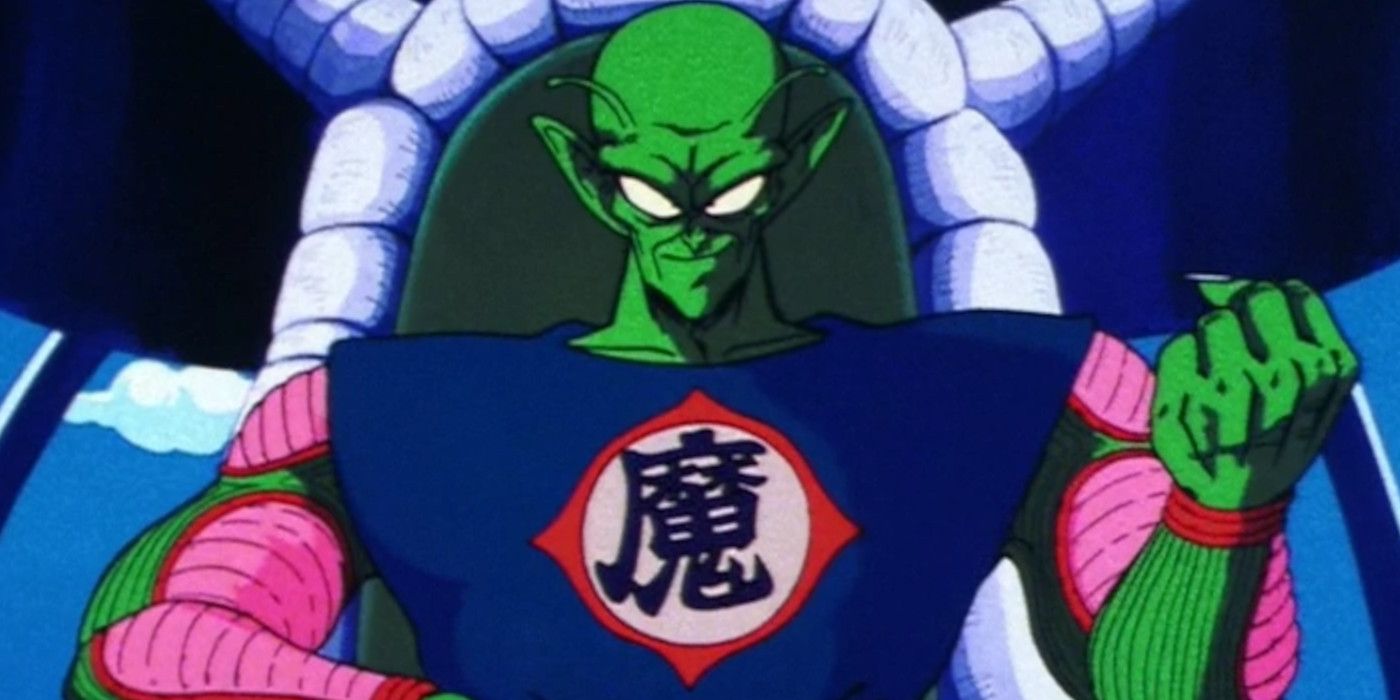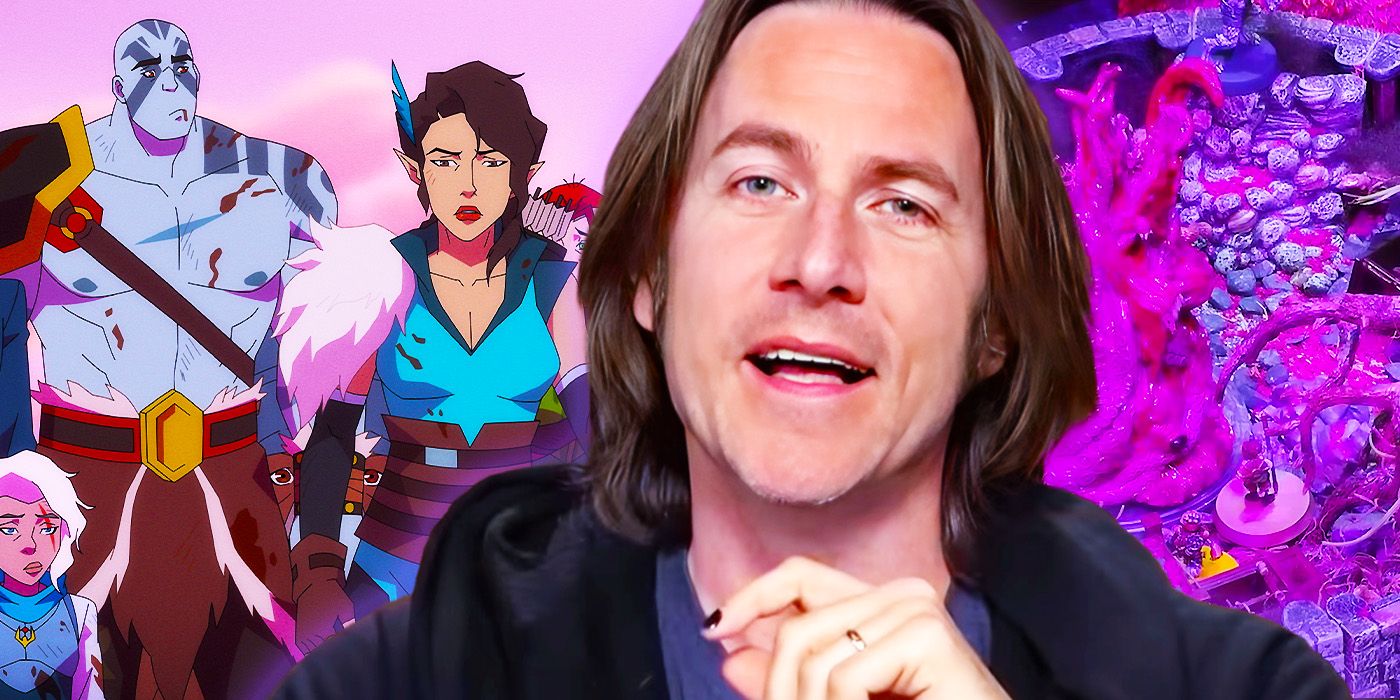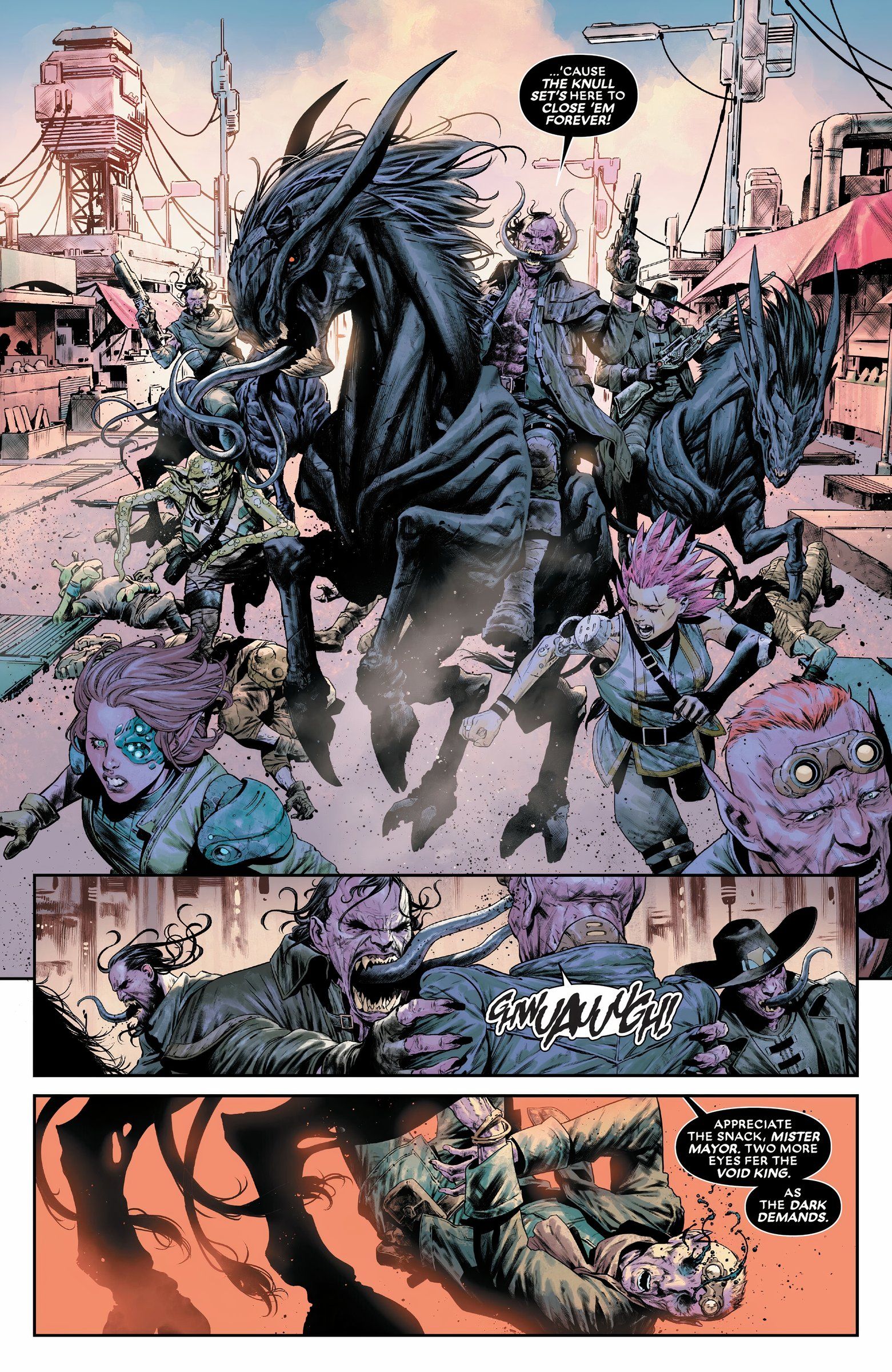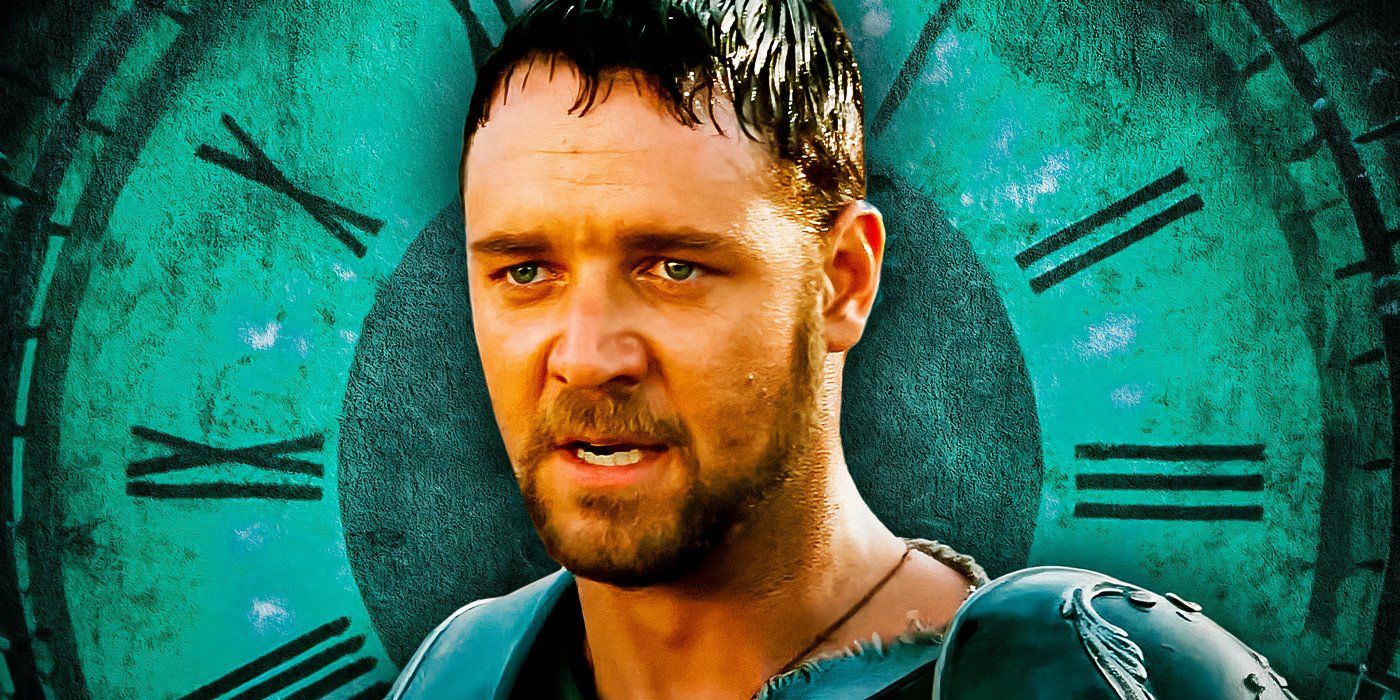Warning: This article contains SPOILERS from Boruto: Two Blue Vortex #4If there’s been one constant within Naruto and Boruto, it is the idea that Konoha is a sanctuary to its citizens and outsiders who choose to live by its rules and customs. While evil may lurk outside its walls, and sometimes momentarily seep in; none of it has ever corrupted its democratic, freedom-loving core. Unfortunately, Boruto: Two Blue Vortex is changing that in a tragic way.
Nestled at the base of Hokage Rock, in the Land of Fire, Konoha Village one of five villages known to produce the greatest shinobi in history. As a result of the prowess of its shinobi, Konoha emerged in the aftermath of the Third Shinobi War as the strongest ninja village in the world. For the most part, that strength scared off attempts by other nations to attack or invade Konoha.
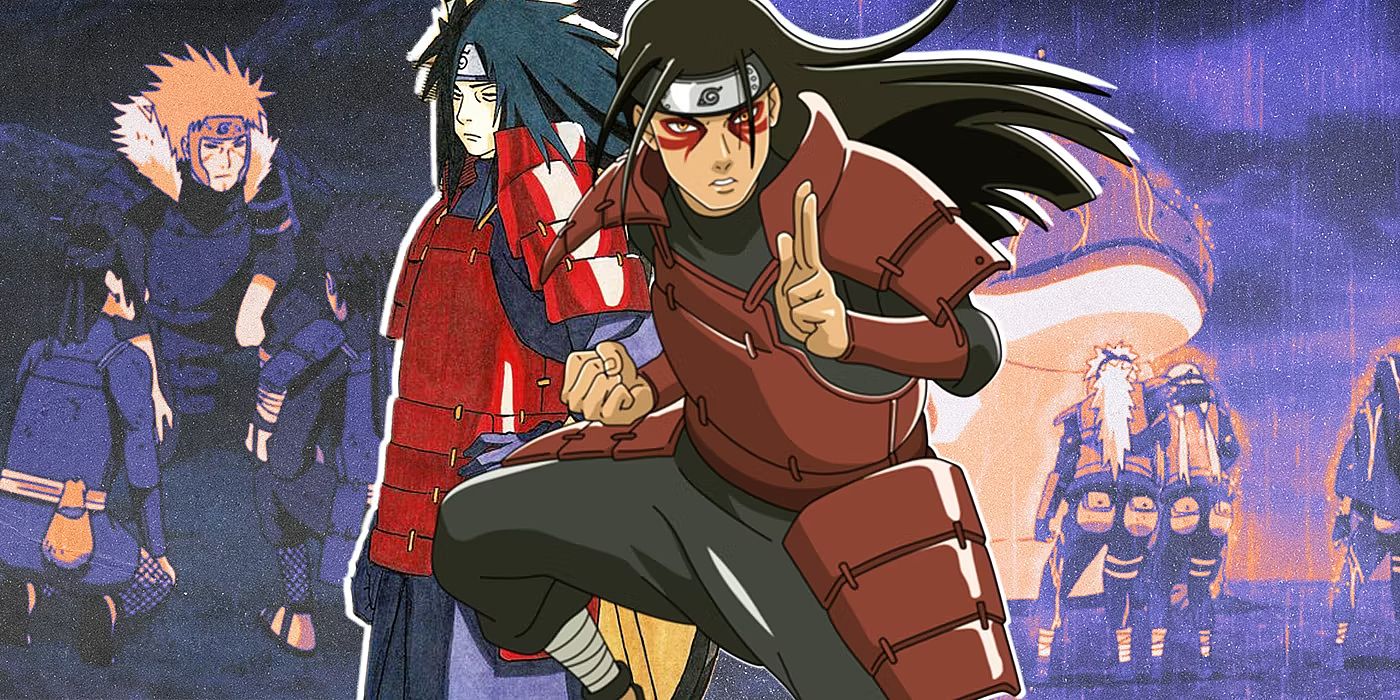
Accordingly, the village enjoyed a long period of peace. Without having to worry about threats and invasion, Konoha was able to invest in itself. This led to increased development, prosperity, and happiness among the villagers. While outside threats remained a worry, life within the Konoha community was wholesome, cooperative, and good. All of this is what make its turn to totalitarianism in Boruto so devastating.
Shikamaru, Kawaki, and Sarada Reveal Konoha’s Surveillance State
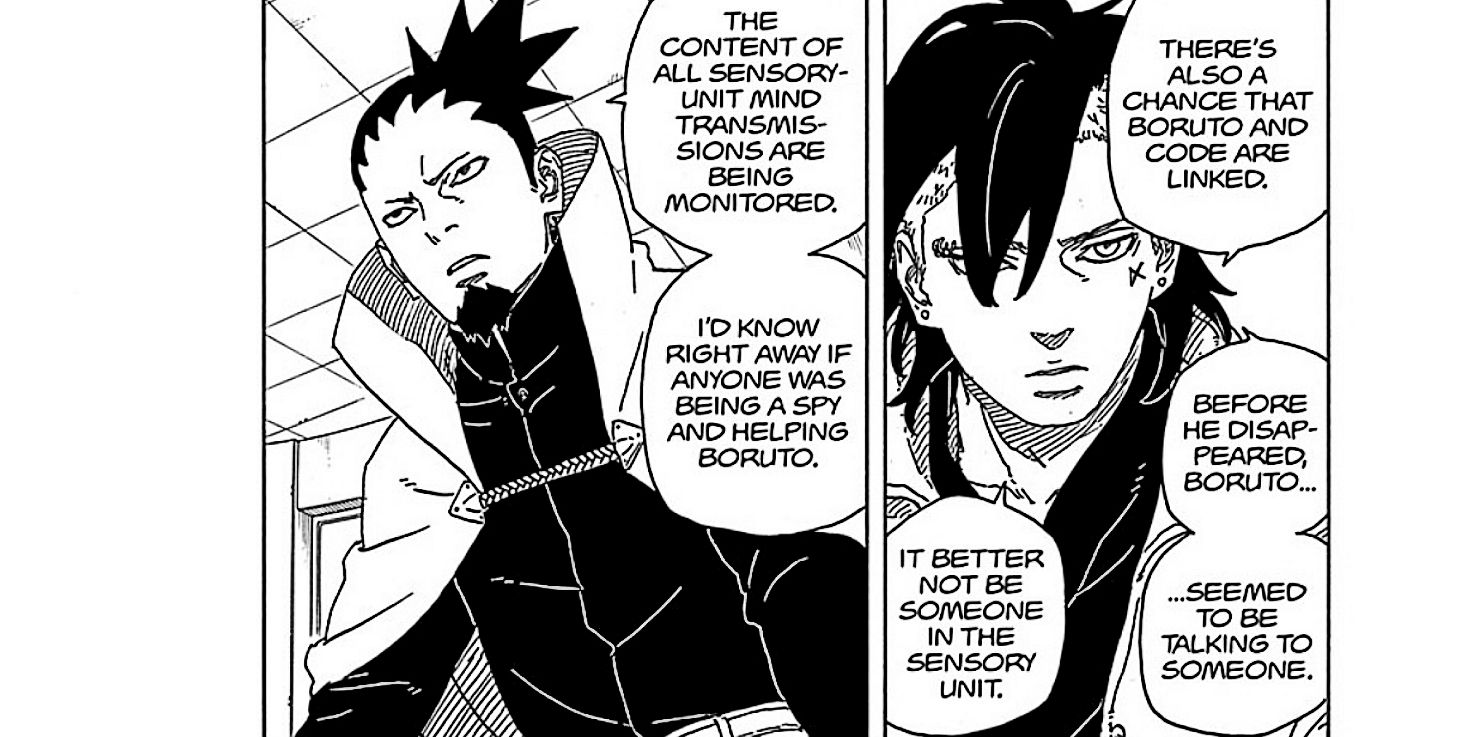
While this upbeat and heart-warming idea of Konoha may have once been the case, it no longer holds true in the Two Blue Vortex era. No where is this more obvious than in a conversation between Shikamaru, Kawaki, and Sarada in Buruto: Two Blue Vortex Chapter #4 when Kawaki wonders out loud whether Boruto is getting assistance from someone in the village’s sensory unit. Shikamaru responds by revealing that the communications of the sensory unit are under constant surveillance, and so he’d know immediately if anyone in the unit was helping Boruto. Sarada questions both Shikamaru and Kawaki’s distrust of Boruto. In doing so, she reveals that Shikamaru and Kawaki have used Eida’s ability to hear any conversation to spy on Konoha’s villagers.
While the conversation is short, it’s chock-full of insight into the authoritarianism behind Konoha’s sunny smile. First, there’s the fact that the whereabouts of everyone in the village at any given moment can be identified and pinpointed through the sensory unit. Second, there’s the fact that the members of the sensory unit have no reasonable expectation of privacy. Because the ability is not something one can take off and put on at work, Shikamaru’s surveillance of team member’s communications must include their off-work lives. Finally, and most shockingly, is the use of Eida to listen in on any conversation, past or present. All of this, is being done without the public’s knowledge.
Konoha’s History Of Violence And Repression
Konoha’s current state of distrust harkens back to its earliest days. Back then, the community was largely composed of the Senju and the Uchiha families – two clans that previously tried to kill each other. This resulted in a great deal of distrust in the village. There was also the time, after the attack by the Nine-Tail Beast, when tensions between village leadership and the Uchiha clan turned violent. However, since then, Konoha has maintained a free, stable, and democratic administration. The more recent turn to the dark side, unfortunately, does not bode well for continued peace and prosperity in Boruto: Two Blue Vortex.
Read on MangaPlus

Naruto
- Summary:
- Naruto Uzumaki’s journey to becoming a Hokage is the center of the Naruto manga and anime series. The series is an adaptation of two one-shot manga written and illustrated by Masashi Kishimoto. The first of the one-shot manga follows the life of the main protagonist during his pre-teen years and the second one, during his teenage years. The titles of the manga are Kishimoto: Karakuri and Naruto released in 1995 and 1997 respectively. A third book about his adult years also followed.Weekly Shonen Jump featured the serialized manga from 1999 to 2014. The popularity of the series paved the way for other multimedia franchises such as an anime TV series which aired in Japan from 2005 to2009. An english version also aired from 2009 to 2011 on Disney XD, and transferred to Toonami in 2014. Naruto has spawned 11 movies, 11 original video animations (OVA), novels, video games, trading cards, and other merchandises such as shirts, accessories and school supplies.Naruto hails from the fictional village Konohagakure, where his father was once the Fourth Hokage. Hokage is what the villagers call their leader. When he was a baby, a Nine-Tailed Demon Fox attacked the village, but Naruto’s father defeats it by sealing into Naruto’s body. His father dies in the process, and the event was only revealed to him when he was 12 years old.Since then, he trained to become a ninja and forms a bond with Sasuke Uchicha and Sakura Haruno, who accompanied him throughout his journey. Together they discovered a more complicated world filled with mysteries.The end of the series sees Naruto as a husband to Hinata Hyuga and a father to Boruto and Himawari. A spinoff series revolving around Naruto and Boruto also followed which was eventually followed by Boruto’s own adventure with a new batch of ninjas.Naruto is one of the best-selling manga series in history with its various franchises having loyal customers all over the world.Related:15 Things You Didn’t Know About NarutoNaruto: Unresolved Mysteries And Plot Holes The Show Left HangingThe Most Powerful Naruto Characters, Ranked
